How to use solid watercolour?
Solid watercolour a kind of water-soluble pigment in solid form, they can be directly used for painting by adding water to dissolve. Solid watercolours have the advantages of bright colours, high transparency, easy to mix and carry, etc. They are widely used in painting, illustration, handicraft and other fields. The following is a detailed introduction to the use of solid watercolours.
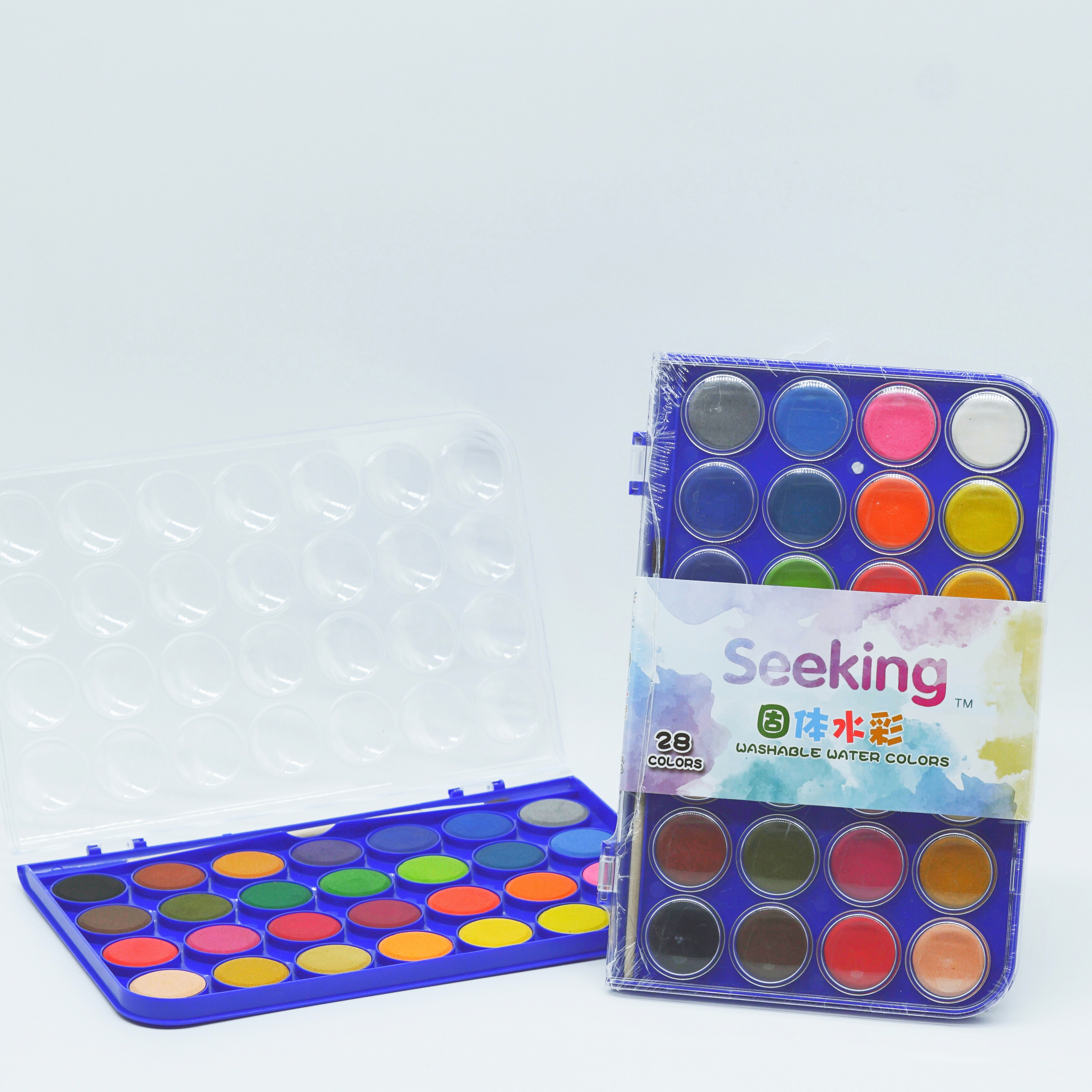
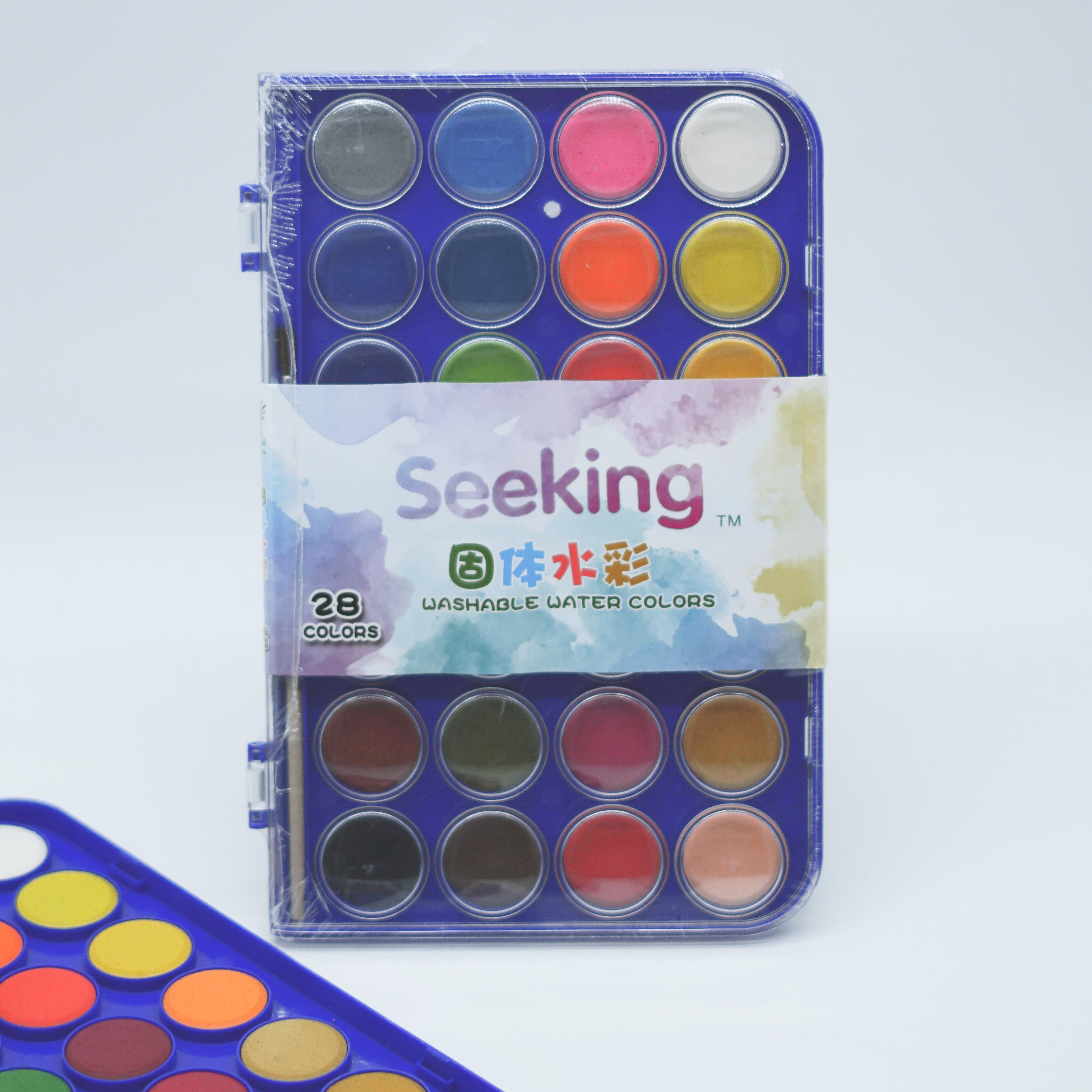
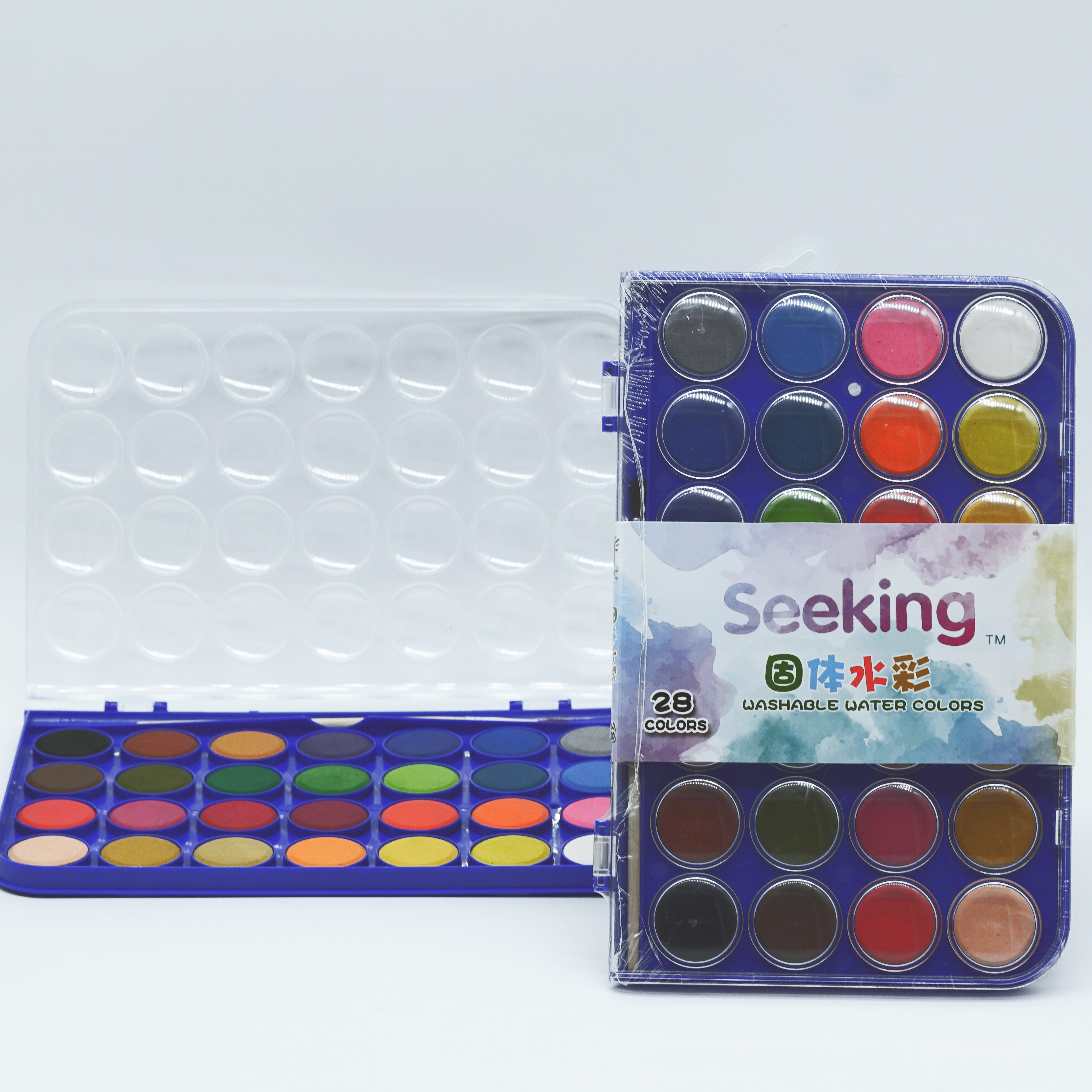
Step 1: Preparation
Before using solid watercolour, you need to prepare the necessary tools and materials for painting. Commonly used solid watercolour tools include brushes, drawing paper, cups and palettes. The choice of brushes should be based on the painting needs; different models and bristles of brushes can create different effects. The water cup is used to use water and clean the brushes, while the palette is used to place and mix the paints.
Step 2:Using solid watercolours
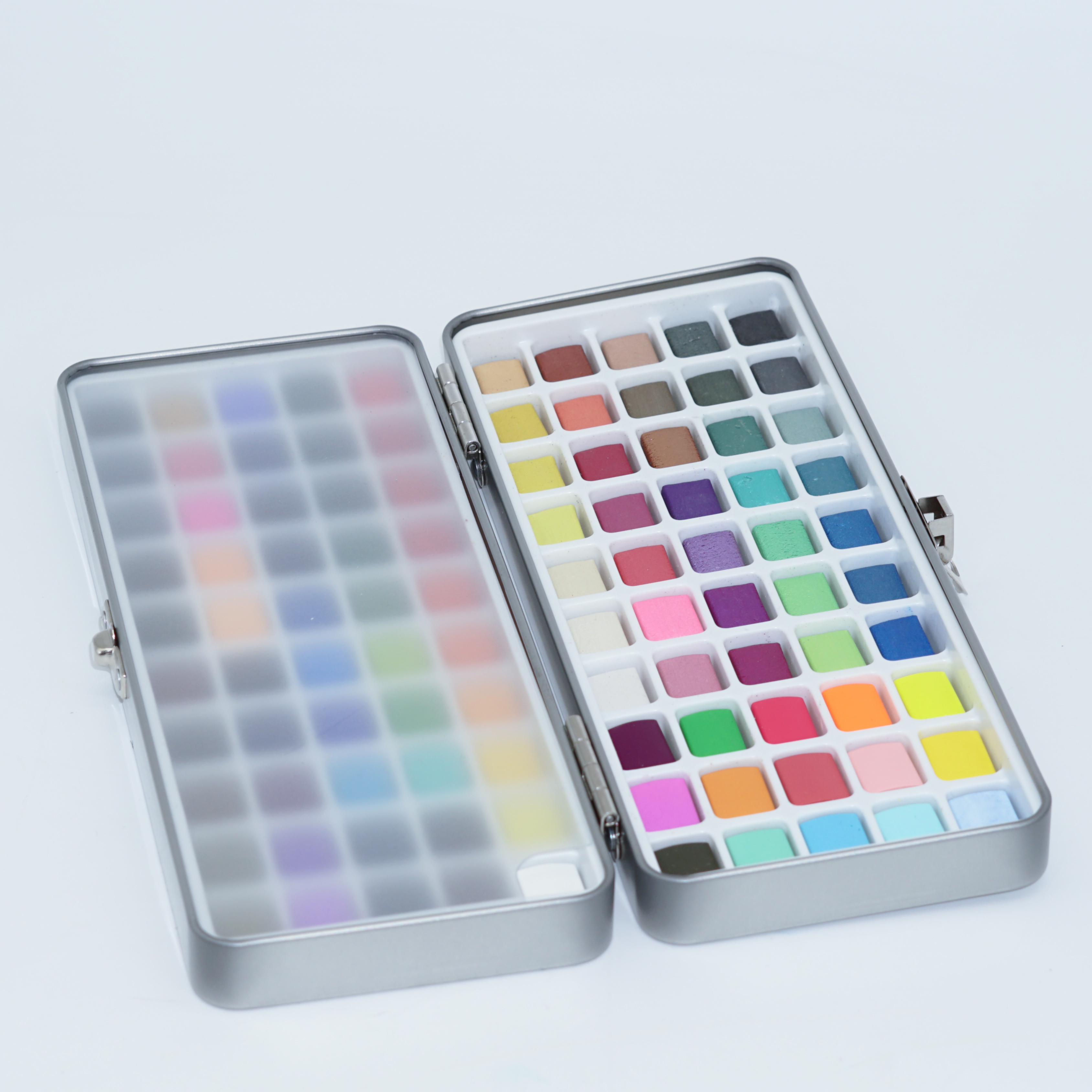
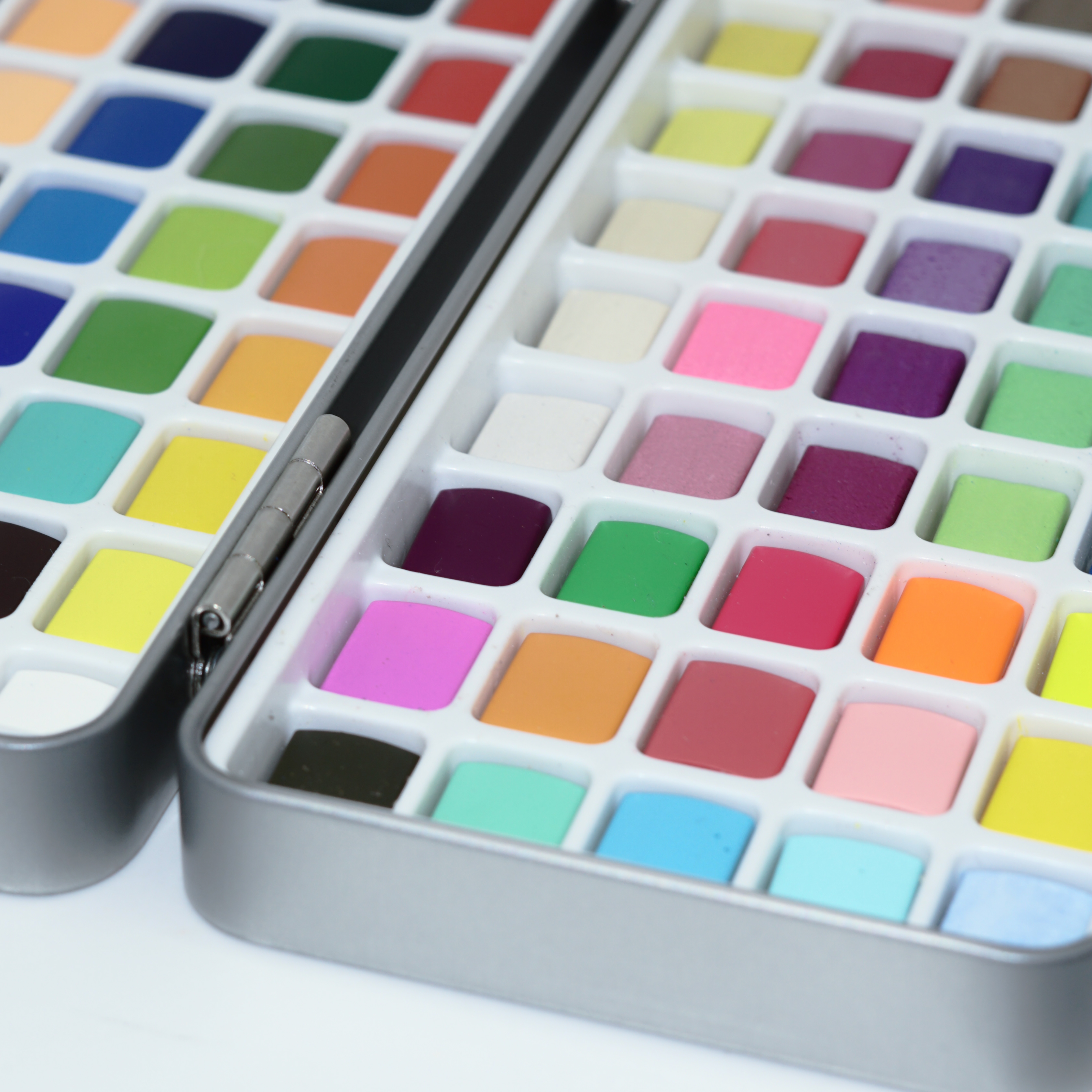
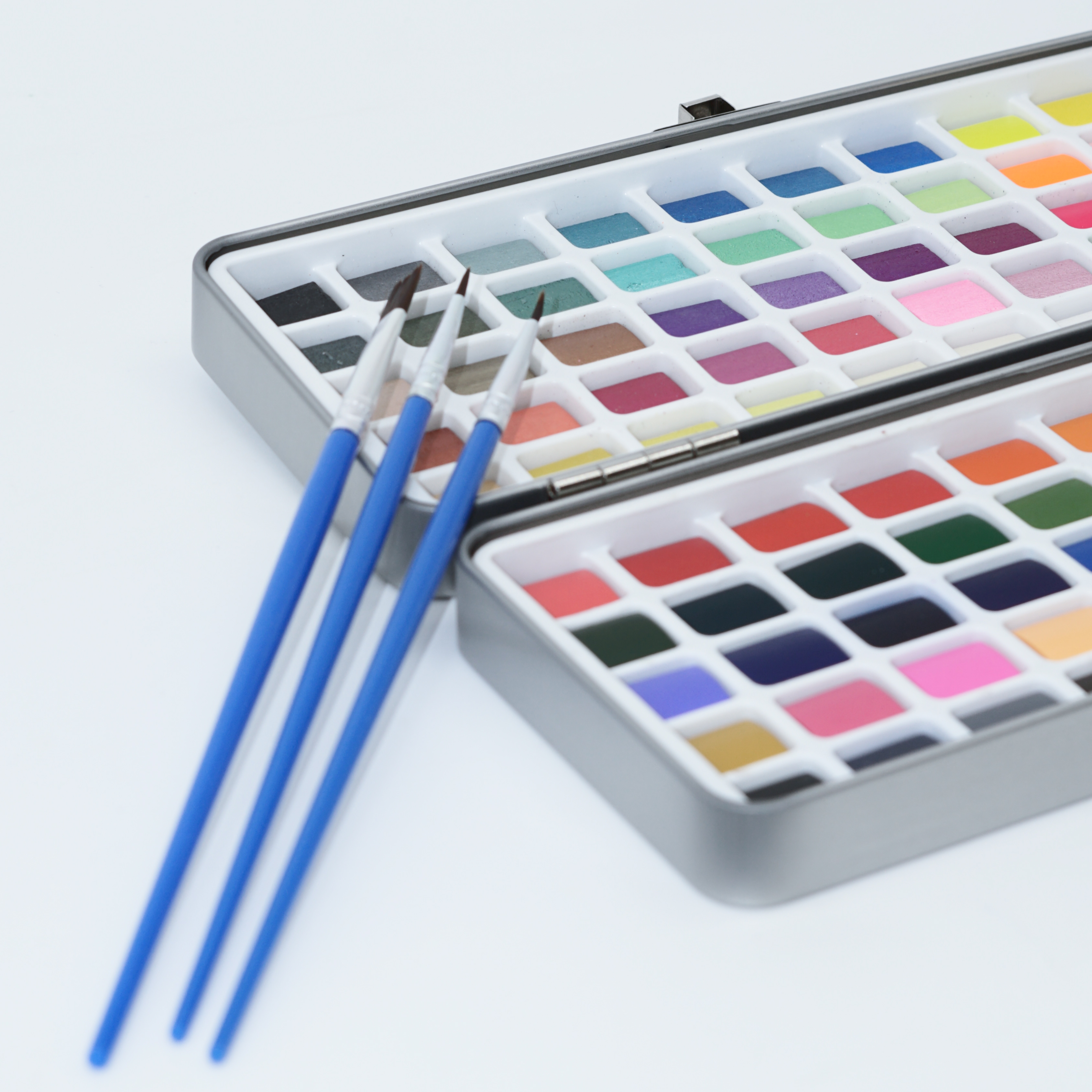
1. Selecting colours
Open the solid watercolour box to reveal one or more rows of colour blocks. You can choose the colours you want to use according to your needs. It is also possible to mix the colours freely to obtain custom shades. Before starting to paint, it is recommended to practice mixing a few commonly used colours to become familiar with the blending effect between individual colours.
2. Dissolve with water
Brush the selected colour block into a small compartment of the palette. Then dip the brush in water, moisten the colours and add water to dissolve them. Depending on the need, different concentrations of pigments can be used for painting. Thicker pigments give sharp colours, while thinner pigments give a transparent effect.
3. Mixing colours
Solid watercolours of different colours can be mixed together with the help of a palette to obtain the desired colour. You can use a brush to remove paint from the palette and then mix the colours in another compartment. Experiment with different ratios and colour combinations to find the mixing method that suits you best.
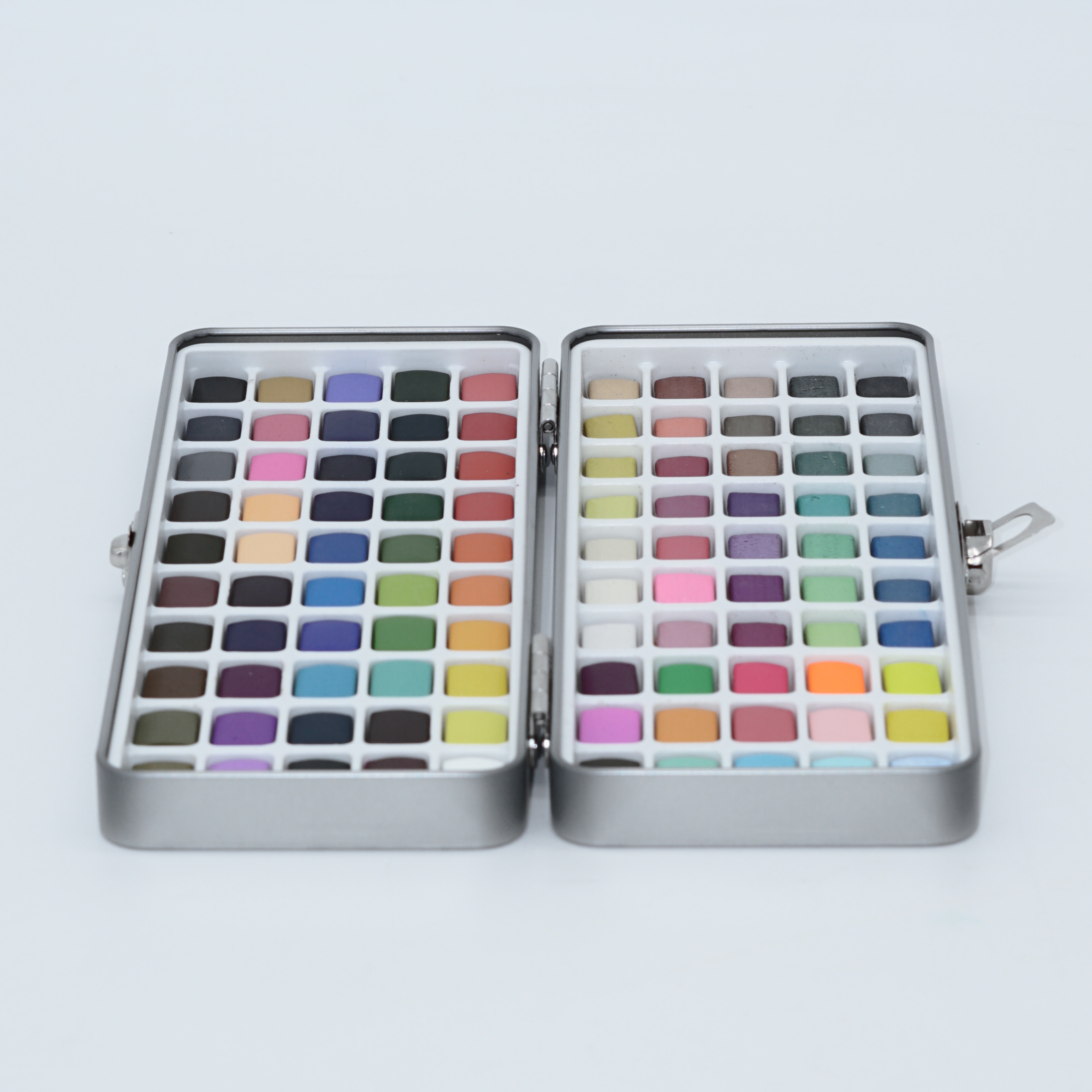
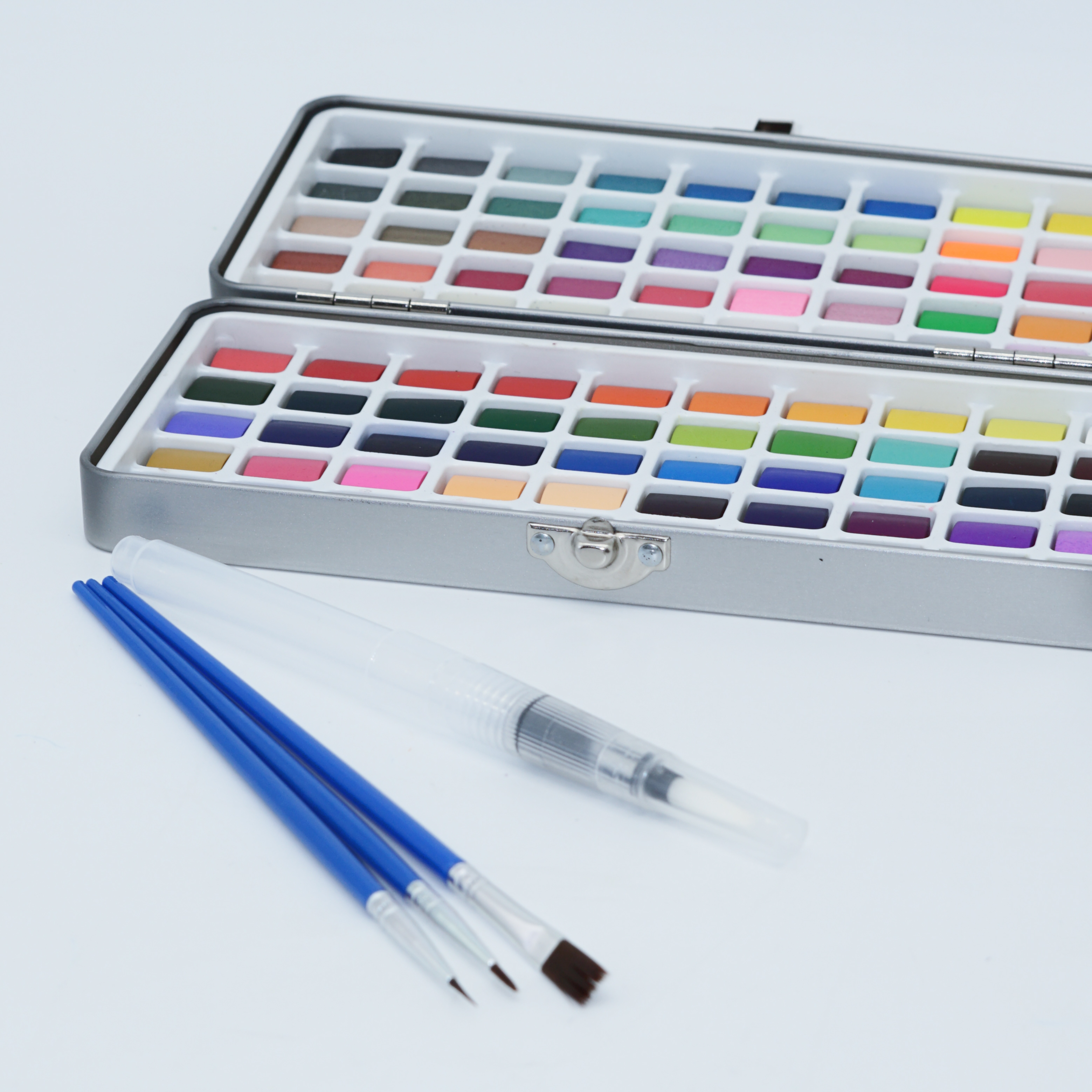
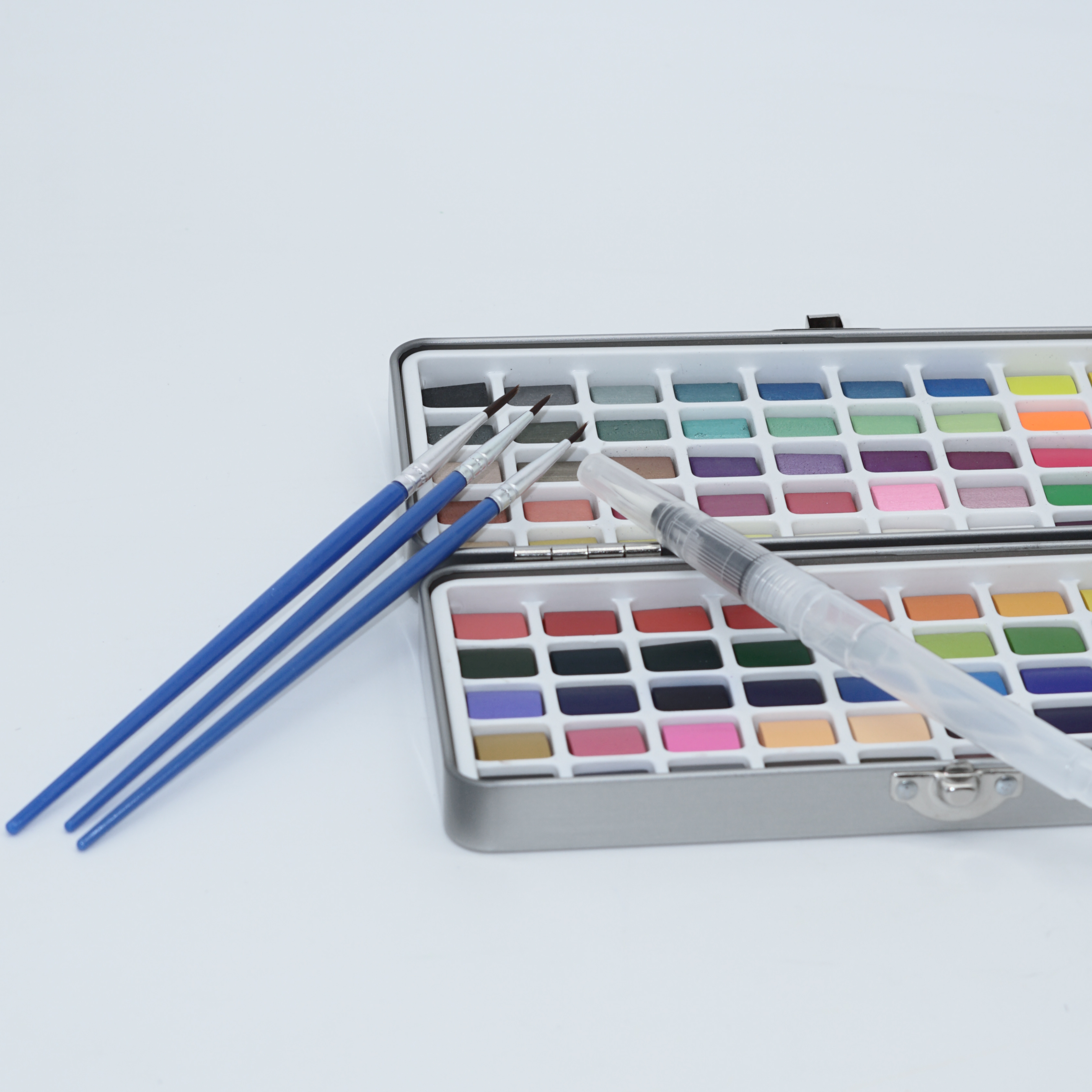
4. Layering of colours
Solid watercolours can be layered to mix tones and achieve a wide range of effects. Once the first layer of paint has dried, a second layer of colour can be layered on top of it. This layering creates a richer variety of colours and details. It is important to wait a little while when layering colours to ensure that the previous layer is completely dry so that the two layers do not mix together.
5. Moisture Control
Moisture control in solid watercolour is very important as it directly affects the consistency and fluidity of the pigment. If you need a thicker colour effect, you can reduce the amount of water used; if you need a lighter colour you can halo the pigment on the paper, you need to add more water. The water can be adjusted repeatedly as needed during the painting process.
6. Matching of colours and paper
The colour of the pigment will appear differently on the paper, so the choice of colour goes hand in hand with the choice of paper. Glossy paper is better for bright, full colours, while smooth paper is good for fine details. For example, rough watercolour paper creates texture and textural effects, whereas glossy art paper is better suited to colour gradients and dreamy effect paintings.















